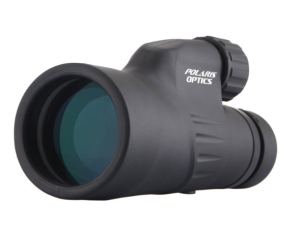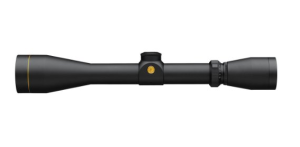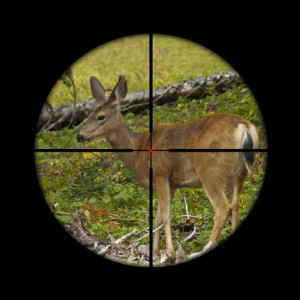Binoculars stand as one of the most used optical aid gadget, coming second only after eyeglasses. Owing to this demand, there are numerous brands available in the market and the choice for which binos to purchase should depend on the task which it is to perform be it birdwatching, hunting, boating and marine use or for entertainment value in theater and concerts. The Redfield Rebel 8×42mm binoculars have a multitude of unmatched optical, functional and mechanical features. The dimensions and specifications of the Redfield Rebel makes it known for its accurateness, reliability and ruggedness making it the obvious choice for high performance tasks. The 8×42mm comes in an array of colors. Here are some of the specs that make Rebel 8×42mm a must have bino.
Aluminum body
The Rebel 8×42mm is manufactured using aluminum and rubber. The rubber is used to cover the handles creating a soft case that is not only pleasant to hold but also for effectiveness because of the subtle friction that creates sufficient grip and allows the much needed steadiness when operating high magnification binoculars. This feature makes the Rebel 8×42mm ideal for all weather, including rainy environments. Aluminum casing covering the remaining surface area gives this bino durability status. This is because the aluminum metal is corrosion free and can therefore be used on a rainy day without any worry. Aluminum is also light, therefore reducing the overall weight of the gadget making it ideal for the outdoors.
Twist up eyecups
The eyecups of the Rebel 8×42mm are created for easy use and flexibility. Keeping in mind uses like hunting and birdwatching which require swift action, these eye cups easily slide up making sure that no inconvenience is occasioned.
Top notch prism system
This is the most attractive feature of the Rebel 8×42mm so far. It has high resolution capability because it is fitted with BAK-4 prisms. This type of prism is manufactured using a glass of superior optical quality that can produce crystal clear images. This feature makes these binos fun to use, especially for nature lovers who enjoy watching beautiful scenery, seasoned travelers, hunting enthusiasts and even sports fanatics. They are arranged in a straight like manner inside the optical tube forming a roofing-style prism system that makes the set of binoculars compact. Needless to say, the BAK-4 prisms are the best in the market.
Multi coated lenses
The AR coating is easy to clean and its anti-reflective coating keeps away shadows, making this pair of binos suited for night vision owing to the clarity of the images it forms. The AR anti-smudge technology gives the lenses its durability quality. The lenses in the Rebel 8×42mm are multi-coated as most of its air to glass surfaces are coated using AR anti-reflective material giving it high ability to reduce light glare.
8× Magnification
This set of optical aid is able to magnify images eight times the ability of the naked eye. This in effect means that it magnifies the image making it eight times bigger than its original size. This dimension makes the Rebel 8×42mm ideal for military canvassing and surveillance as it is able to magnify movement of objects as well.
This high magnification capacity, however, has a downside in that it affects the diameter of the exit pupil. The exit pupil is what regulates the amount if light entering the lenses. A very small exit pupil hinders ambient light from reaching the lenses. In the Rebel 8×42mm this phenomenon is avoided by increasing the diameter of the objective lens (42mm) therefore achieving a 4.0mm exit pupil diameter.

 A great alternative to a conventional set of binoculars is a small scope designed to produce magnification like a binocular but only requires a single eye like a telescope, called a monocular. Like a telescope, a monocular has a single viewing lens and body. Like binoculars, a monocular utilizes lenses and prisms to reflect light and magnify an image. When choosing to purchase a monocular, make sure to consider the range of factors that fit your intended purpose, budget, and needs. Here are five things to consider before choosing the right monocular for you:
A great alternative to a conventional set of binoculars is a small scope designed to produce magnification like a binocular but only requires a single eye like a telescope, called a monocular. Like a telescope, a monocular has a single viewing lens and body. Like binoculars, a monocular utilizes lenses and prisms to reflect light and magnify an image. When choosing to purchase a monocular, make sure to consider the range of factors that fit your intended purpose, budget, and needs. Here are five things to consider before choosing the right monocular for you: The
The  The right scope can make or break a hunt. No one wants to be caught out in the field with shoddy equipment that causes a missed shot. Thankfully, quality scopes are available from top manufacturers across a spectrum of prices. This guide will introduce you to a few and give you the information you need to select the
The right scope can make or break a hunt. No one wants to be caught out in the field with shoddy equipment that causes a missed shot. Thankfully, quality scopes are available from top manufacturers across a spectrum of prices. This guide will introduce you to a few and give you the information you need to select the